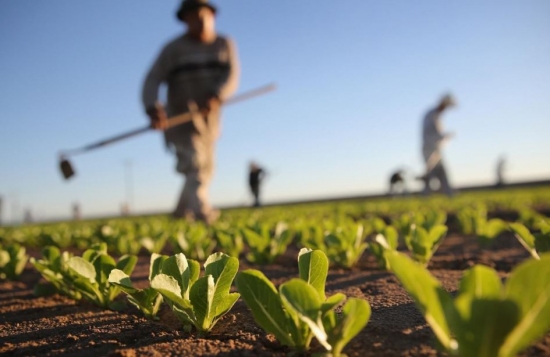
Measuring with a view to improving is at the core of FAO’s work on sustainable agriculture. What does sustainable agriculture actually mean? Which elements are most critical in achieving sustainable agriculture? And what measures determine the extent to which a farm is sustainable? Technical staff from FAO, Global Strategy to Improve Agricultural & Rural Statistics (GSARS) and external experts came together on the 12 and 13 of December to address these questions, and in part to consider FAO’s mandate to develop methodologies to monitor key Sustainable Development Goals (SDGs) indicators; the Organization is, after all, custodian agency for 21 SDG indicators, and Indicator 2.4.1 focuses on productive and sustainable agriculture.
There has been considerable debate over the past thirty years over the definition of sustainable agriculture. As agriculture contributes to development – as an economic activity, as a source of livelihoods and as provider and user of environmental services – Agenda 2030 requires that all sectors, including agriculture, be considered from three dimensions of sustainability: economic, social and environmental. This multidimensional aspect demands that agriculture be seen and analysed in a more holistic and broader context than in the past, and underpinned by governance and resilience.
SDG indicator 2.4.1 is defined as the “percentage of agricultural area under productive and sustainable agriculture.” Within the SDG framework, this indicator has been categorized as Tier III, which means that it does not yet have an established methodology or data collection procedures. As custodian agency, FAO is defining the methodology and having it endorsed through an international consultation and peer review processes.
FAO uses the five principles of Sustainable Food and Agriculture (SFA) to identify the key determinants to be taken into account in developing indicator 2.4.1. The goal is to ensure the indicator is owned by all key stakeholders, especially by the countries who will be responsible for reporting on progress towards the SDGs.
To read the full story visit the FAO website.
